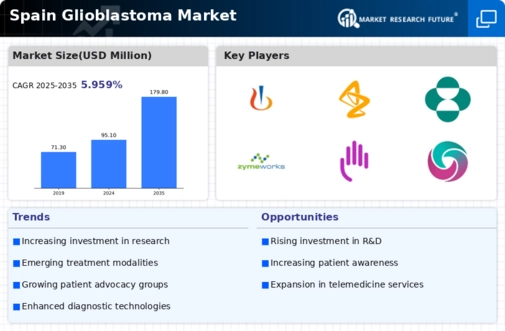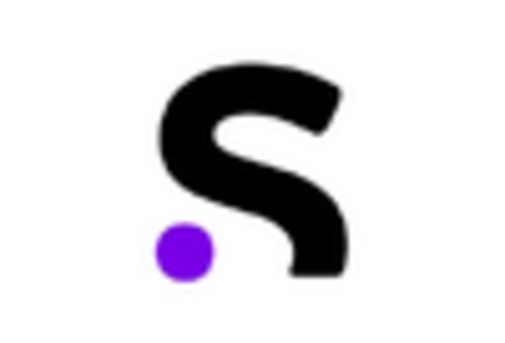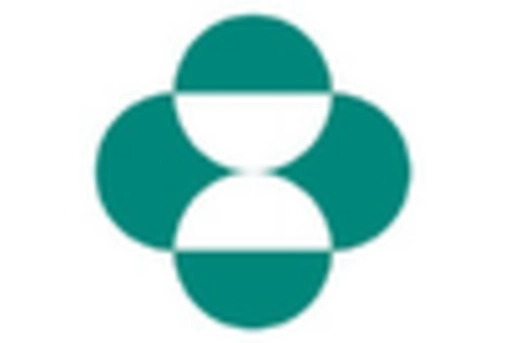Growing Patient Population
The glioblastoma market in Spain is influenced by the increasing patient population diagnosed with this aggressive form of brain cancer. Statistics indicate that approximately 3,000 new cases of glioblastoma are diagnosed annually in Spain, contributing to a rising demand for effective treatment solutions. The aging population, coupled with lifestyle factors, appears to be contributing to this upward trend. As the patient base expands, pharmaceutical companies are likely to invest more in research and development of novel therapies, including immunotherapies and personalized medicine. This growing patient population is expected to significantly impact the glioblastoma market, as healthcare systems strive to meet the rising demand for innovative treatment options.
Increased Funding for Cancer Research
In Spain, there is a marked increase in funding for cancer research, particularly in the field of glioblastoma. Government initiatives and private sector investments are contributing to a more robust research environment. For instance, the Spanish government allocated approximately €100 million for cancer research in the last fiscal year, with a portion specifically targeting brain tumors. This influx of funding is likely to accelerate the development of new therapies and clinical trials, thereby enhancing the glioblastoma market. As researchers explore novel treatment modalities, the potential for breakthroughs in glioblastoma management appears promising, which may lead to improved patient outcomes and increased market activity.
Advancements in Diagnostic Technologies
The glioblastoma market in Spain is experiencing a notable shift due to advancements in diagnostic technologies. Enhanced imaging techniques, such as MRI and PET scans, are enabling earlier and more accurate detection of glioblastoma. This is crucial, as early diagnosis significantly improves treatment outcomes. The integration of artificial intelligence in imaging analysis is also gaining traction, potentially increasing diagnostic accuracy by up to 30%. As a result, healthcare providers are better equipped to identify glioblastoma at earlier stages, which may lead to a higher demand for treatment options. Consequently, the growth of diagnostic technologies is likely to drive the glioblastoma market, as patients seek innovative therapies following diagnosis.
Rising Demand for Palliative Care Services
The glioblastoma market in Spain is also being shaped by the rising demand for palliative care services. As glioblastoma is known for its aggressive nature and poor prognosis, many patients require comprehensive palliative care to manage symptoms and improve quality of life. The increasing recognition of the importance of palliative care is prompting healthcare providers to expand their services. This shift is likely to drive growth in the glioblastoma market, as patients and families seek holistic approaches to care. Furthermore, the integration of palliative care into treatment plans may enhance patient satisfaction and overall outcomes, thereby influencing market dynamics.
Regulatory Support for Innovative Therapies
Regulatory bodies in Spain are increasingly supportive of innovative therapies for glioblastoma, which is positively impacting the glioblastoma market. The Spanish Agency of Medicines and Medical Devices (AEMPS) has streamlined the approval process for new treatments, particularly those that demonstrate promising results in clinical trials. This regulatory environment encourages pharmaceutical companies to invest in the development of novel therapies, including gene therapies and combination treatments. As a result, the market is likely to see a surge in the availability of cutting-edge treatment options, which could enhance patient outcomes and drive market growth. The proactive stance of regulatory agencies is a key driver for the glioblastoma market in Spain.























Leave a Comment